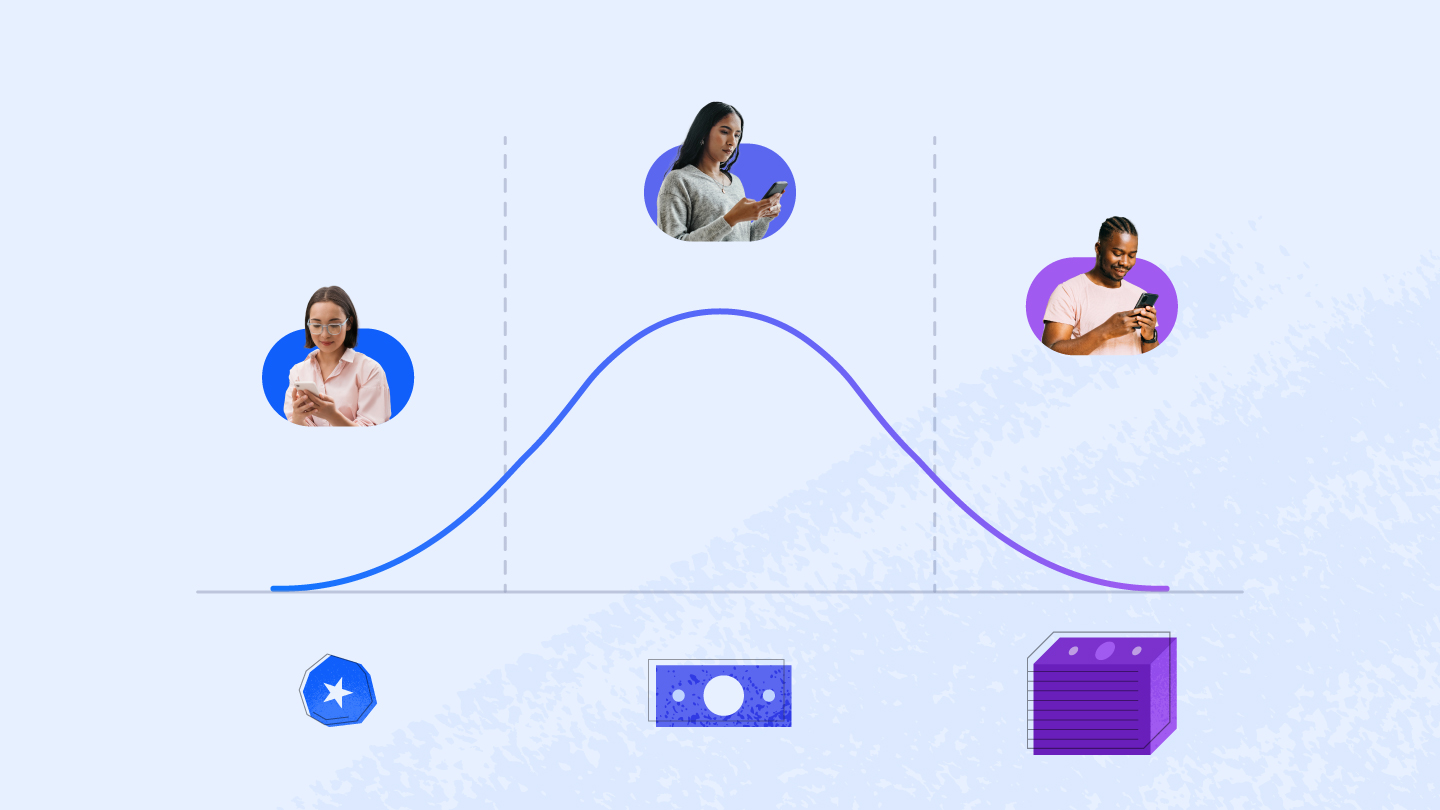Performance Marketing
What is Customer Lifetime Value (LTV) in Mobile App User Acquisition?
Oct 18, 2024

Performance Marketing

In the modern ultra-competitive mobile app market, success is no longer just about acquiring users—it’s about acquiring valuable users. This is where LTV, or Lifetime Value, plays a crucial role. This important metric allows app developers and marketers to understand how much revenue a user is expected to generate throughout their relationship with the app. Optimizing for LTV helps marketers make smarter decisions about ad spend, user acquisition strategies, and long-term business growth.
In this blog, we’ll break down what customer lifetime value is, why it’s important, and how you can leverage it to improve your mobile user acquisition strategies. We’ll also touch on how it fits into the broader framework of mobile app user acquisition, which you can learn more about in our comprehensive Mobile App User Acquisition Guide.
LTV (Lifetime Value) is a metric that represents the total revenue an app can expect to earn from a single user over the course of their relationship with the app. It’s essential in determining the value of users beyond the initial cost of acquisition. By calculating LTV, app marketers can figure out how much they should spend to acquire new users and when their efforts are actually driving profitable growth.
Understanding LTV allows mobile app marketers to make informed decisions about their user acquisition campaigns. Once you know the lifetime value of your users, you can set a Customer Acquisition Cost (CAC) that aligns with profitability, ensuring you’re not overspending to acquire low-value users. Here are a few reasons why it’s critical:
Calculating LTV involves several factors, but one of the most common approaches is:
LTV = Average Revenue Per User (ARPU) x Average Customer Lifespan
However, you can further refine this formula by taking into account churn rate, discount rate (if applicable), and segmentation based on user behaviors and demographics. Tools like cohort analysis and customer journey mapping can also provide valuable insights to make your calculations more precise.
Now that you understand how it all works, let’s discuss a few actionable strategies you can implement to maximize the lifetime value of your app users:
LTV plays an integral role in shaping mobile user acquisition strategies. Successful acquisition isn’t just about getting users to download your app—it’s about bringing in users who are likely to stick around and generate revenue.
Focusing on high-LTV users can reduce overall user acquisition costs while increasing profitability. Whether through paid acquisition channels or organic strategies, a clear understanding of your users’ LTV helps you build a sustainable user acquisition model that supports long-term growth.
Ultimately, LTV isn’t just a metric—it’s a critical driver of success in mobile app marketing. By optimizing your user acquisition strategies with LTV in mind, you can focus on acquiring the right users, reducing churn, and boosting your app’s revenue potential. As you continue to grow your app, be sure to integrate LTV calculations into every stage of your marketing, from acquisition to retention.
To dive deeper into the world of mobile app user acquisition, check out our full guide here.